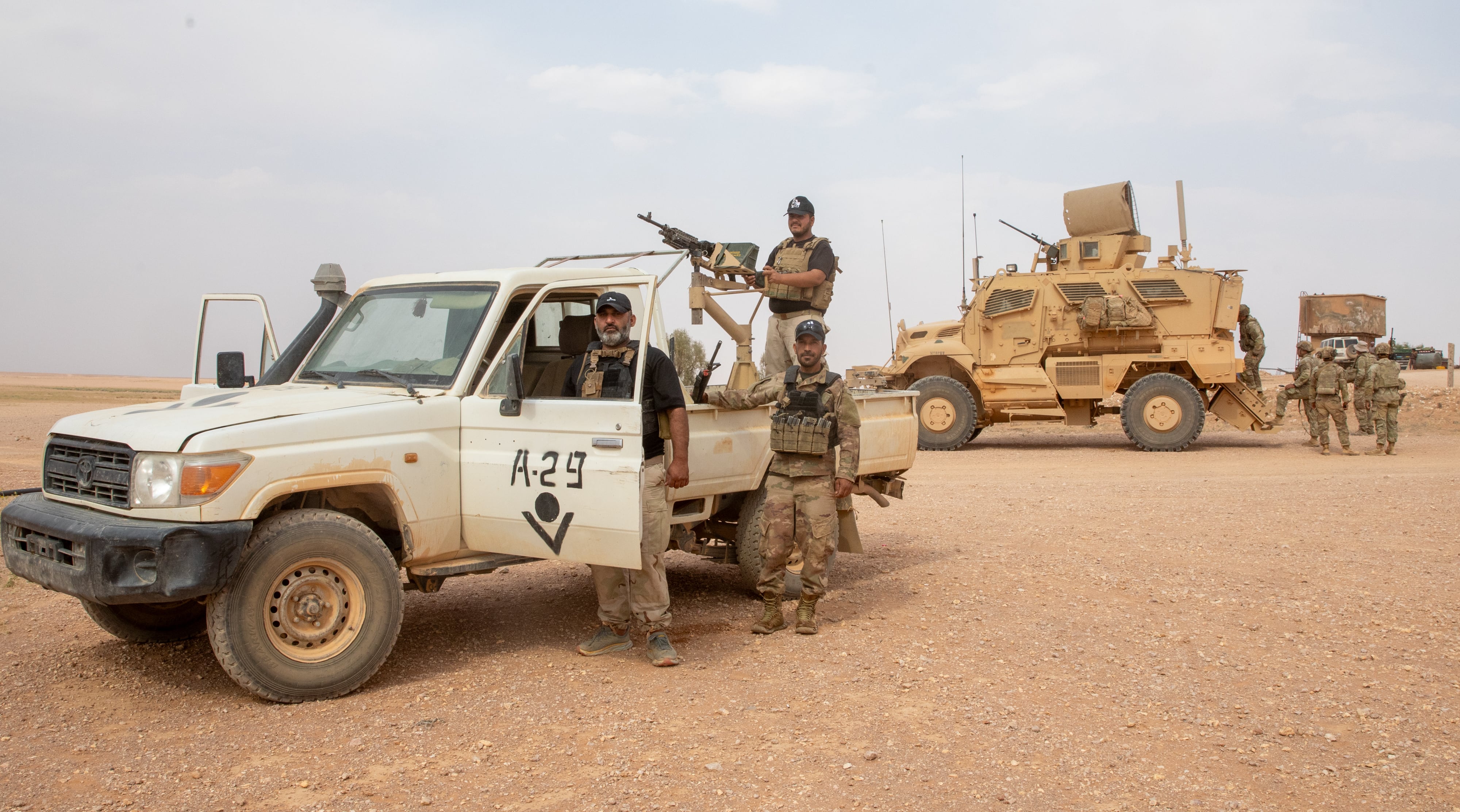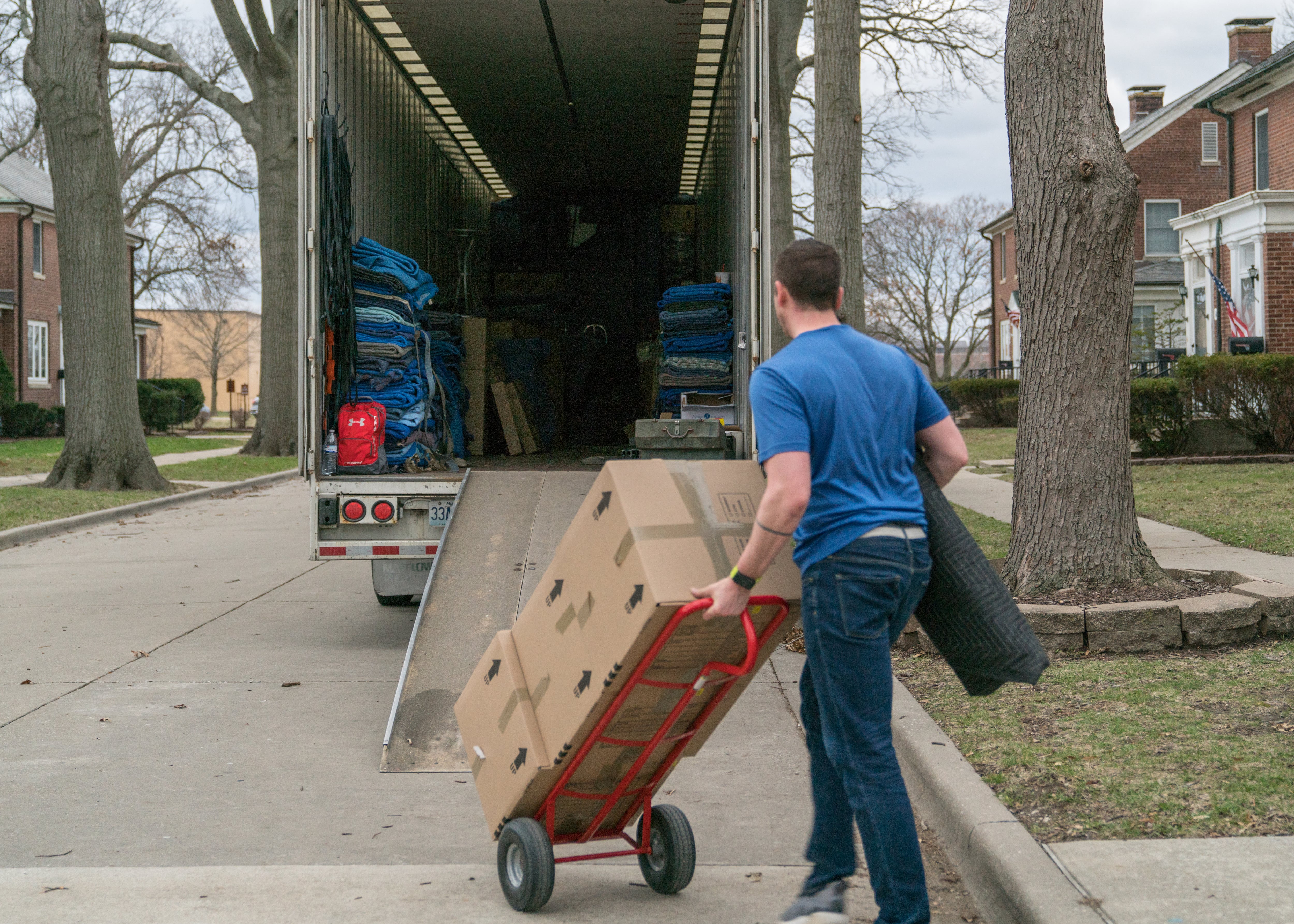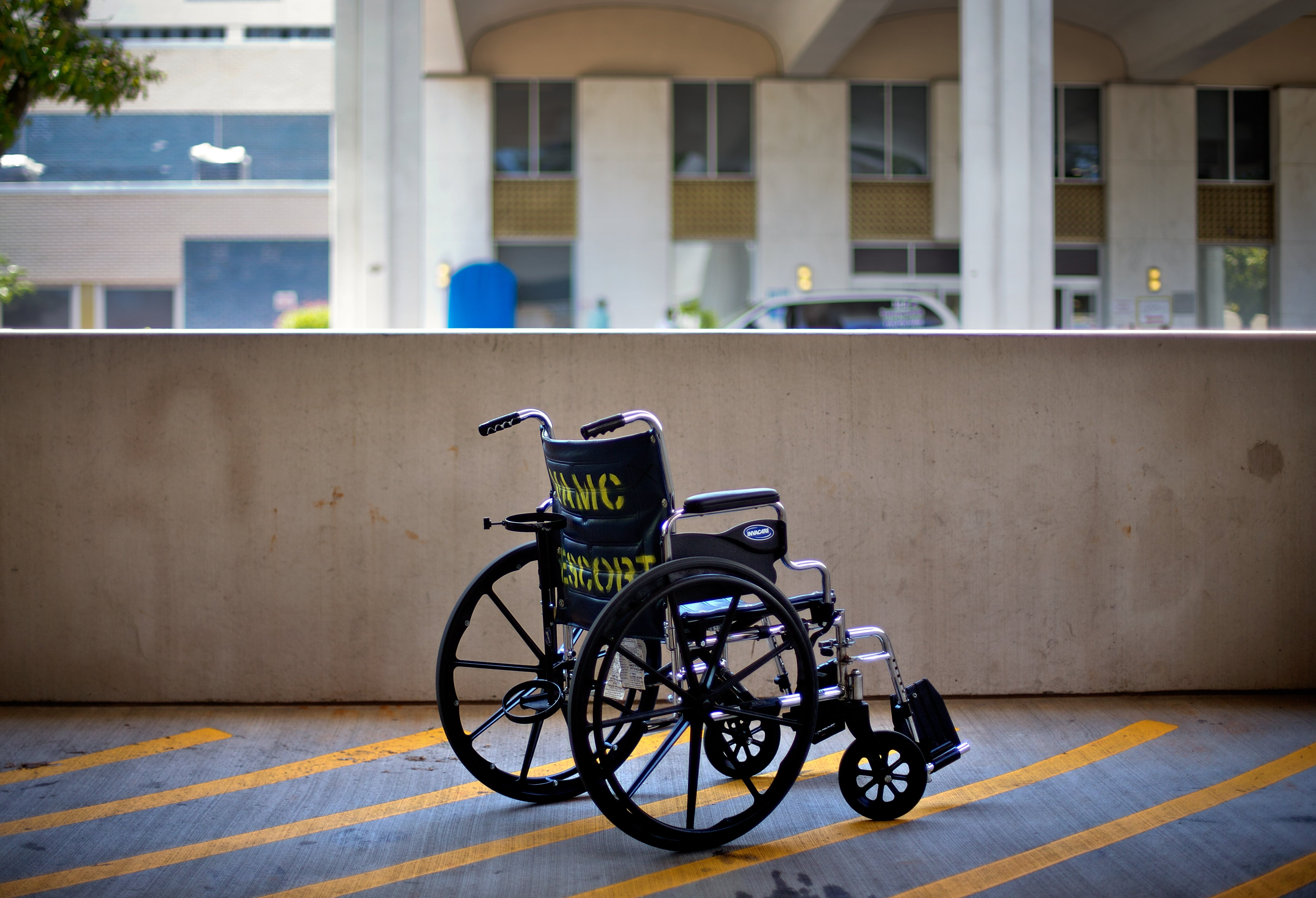ANCHORAGE, Alaska – Spc. Kyle Kimmey has a bedroom on Joint Base Elmendorf-Richardson equipped with Internet and cable. With one other soldier he shares a kitchen, a dining room table, a washing machine and a dryer. Their water runs both hot and cold.
The linoleum-floored space looks like a cross between a hotel suite and a college dormitory. The 23-year-old soldier from Houston said it's a step up from the base's temporary barracks, where he lived for two years, and countless steps above the places he slept while deployed to Afghanistan, where showers ran cold if they ran at all.
"I think this water tank is limitless," Kimmey said, standing in the room where he moved two months ago. "I have yet to have it run out of warm water."
Not all single men and women on JBER -- called "unaccompanied personnel" in military speak -- live in modern quarters like Kimmey. Hundreds are sprinkled throughout dated barracks built in the 1950s, where some latrines are shared and hallways dark. Others are assigned to small, single-story buildings with red roofs that were erected as temporary dwellings.
By next summer that all should change, said Jim Hart, JBER spokesman.
The Army Corps of Engineers is working on the final new barracks as part of a decade-long upgrade to meet federal standards enacted in 1995 by the Secretary of Defense. The "one plus one" module requires barracks for single personnel to resemble "small efficiency apartments." This means two bedrooms with a bathroom, closets and a kitchenette, according to a 1995 statement from the U.S. Department of Defense.
"The days of footlocker-living with 60 or more of their closest friends -- and sharing a bathroom with them -- are now numbered for U.S. troops," the statement says.
As it acquires federal funding, the base has rolled out a remodeling blitz.
"They really do try to get these guys a quality of life that is at least in line with what they would experience on the outside," Hart said.
The newest and largest barracks on the Richardson side of JBER will cost $56 million to construct and accommodate 480 soldiers, said Chris Morgan, with the Army Corps of Engineers.
He said the Corps hired the Kiewit Building Group to complete the construction.
Each soldier will get his or her own room with a walk-in closet. The two bedrooms will connect to one common area with a refrigerator, stove top, sink, bathroom and coat rack. Four old barracks were demolished to make way for the 186,000-square-foot facility, Morgan said.
Once it's opened, all soldiers remaining in older or temporary barracks will move in, said Lt. Col. John Lantz, the 673rd Civil Engineer Squadron commander.
But just how many soldiers will be left in 2015 to move in remains up to the government. Housing arrangements are constantly shifting with deployments, and Army Alaska has announced it anticipates troop reductions.
JBER has said it will lose 780 soldiers by September 2015, with more drastic cuts anticipated in later years as the service shrinks into a smaller force.
Lantz said forecasting the army's growth or decline when it comes to creating housing is hard to do. "That crystal ball is tough to read," he said.
For now, as of Thursday, 1,799 soldiers called the barracks home and all will live -- with a little room to grow -- in a remodeled building by next year.
"I was actually expecting it'd be a little bit worse, but this happens to be pretty good," Kimmey said.





